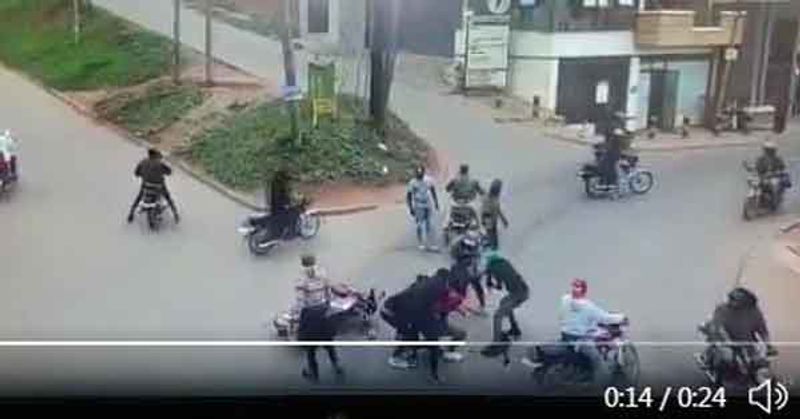
There was a time in our country when it was safer to sleep in the bush than to sleep in your house. This had stopped until recently when history decided to repeat itself. You are no longer safe even in your own house.
Lately, the news from Uganda on crime has been troubling. Rising crime rates have come to dominate the national narrative, as murder, robberies and kidnaps have raised their ugly head in many communities. In many urban areas, violent gangs waylay unsuspecting people including in traffic jams. And in rural areas, people fear to acquire movable property such as motorcycles, cars and even domestic animals as these have become big attractions to marauding armed thieves.
In the middle of this general insecurity, a number of apparently targeted assassinations of prominent figures in politics, security services are fodder for the rumors about motives, plots and intrigues that swirl around social media.
You are now required to know the password if you are to live in Kampala. The password is simple: Everyone is potentially dangerous. The only safe way of living in Kampala and the surrounding areas is to assume that everyone is a thief and everyone is capable of bringing danger to you. This is the first precautionary measure to avoid being a victim.
You can now be attacked at your work place, on your way home and even at home. The growing fear amongst residents only makes the city unsuitable for living in, yet you cannot be so sure that it is safer outside the city.
The country is experiencing an estimation of 62% crime, according to the European Institute for Crime Prevention and Control International Statistics on Crime and Justice. This is worrying and a ticking time bomb. It should be noted that while the causes of crime are complex, some of the key reasons for crime today are poverty, need for money, envy, anger, vengeance, decay of family values, parental neglect, desire for control, and the need to hold and retain political and executive offices. We cannot also forget the growing idle and redundant youth in communities as a result of joblessness.
According to the Uganda Police Crime Report 2021, over 196,081 crimes were reported last year and there was a slight increase in crime reported the previous year. Crimes with a significant increase include trafficking in persons (100%), Murder by Mob Action (40.5%), Theft (22%), Aggravated Robbery of Cash (19.7%), Break-in (12.2%) and Sex-Related Offences (8.2%). At this rate, no one is safe and this has a huge negative impact on social economic development of the country.
There is something amazing about crime and police response to crime. A pizza delivery boy easily traces your residence and delivers the pizza by just a mere call or text message but there is a way police takes eternity to come to your rescue when you call them in the event of an attack at your residence.
This beats our understanding and it propels the public to think that sometimes the police have a hand in the soaring crimes. Secondly, you drag a suspected criminal to police but the criminal reaches home before you do. This catch and release system of dealing with criminals as if we are doing recreational fishing has eroded society’s trust in law enforcement agencies.
By April 2022, Police revealed that in an efforts to crack down on the rising wave of criminality by panga-wielding thugs in different parts of Kampala, they had arraigned over 500 suspects in courts of law on charges of robbery and aggravated robbery. According to police, the suspects were involved in various robbery incidents in areas of Nateete, Busega, Kyengera, Nansana, Namungoona where some victims were injured while others succumbed to violence by the attackers. As usual police have assured the public that they are now trying to track down the remnants that are still in hiding.
Kampala as a capital city is not any different from many other capital cities. Cities in countries such as Mexico, Venezuela and Brazil are known for the most dangerous cities. Most of the world’s most dangerous cities are located in Latin America. The highest ranked city outside of Latin America is St. Louis in the United States, which is ranked fourteenth with a murder rate of 60.59 in 2022. Detroit, with a murder rate of 38.78, came in at forty-sixth place. Violence in Latin America is caused in great part by drug trafficking, weapons trafficking, and gang wars. There was a time when it was estimated that there were nearly 38,000 drug-related fatalities in Mexico alone.
Crime does not just affect individuals, alone. Communities which experience higher levels of crime are also adversely affected. First of all, people may become frightened inside or outside their own home, home insurance premiums rise, property prices are affected and homeowners can find it more difficult to sell their property. Investment is affected as new businesses avoid the area and existing businesses may close down due to repeated thefts and loss of income, costs of repairing damage from vandalism and loss of customers in the area.
Crimes also cost individuals higher prices in shops for goods and services. If businesses are losing money to crime, they can pass on this cost to customers by increasing prices. As communities, city and country we need to address this malady and find workable solutions to control crime before things get out of hand.
senkumbasunrise[at]gmail.com

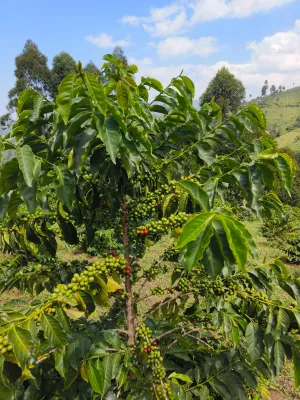

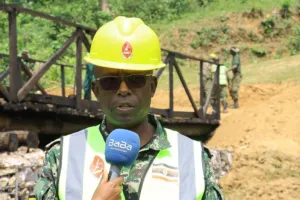





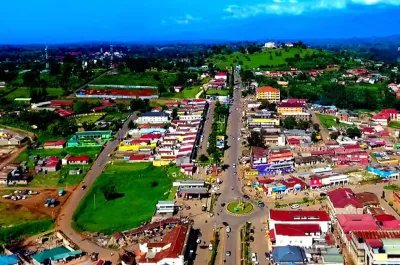




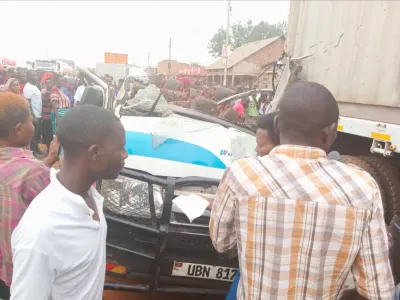
Isa Senkumba
Isa Senkumba is a social critic
Leave a Comment
Your email address will not be published.